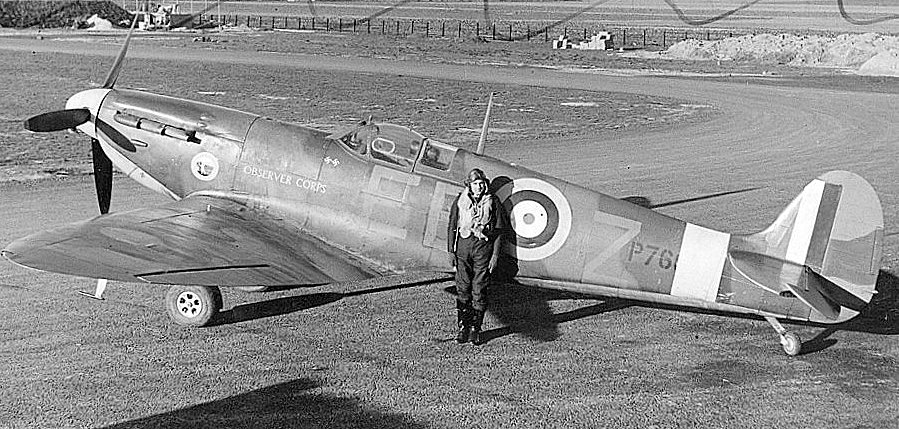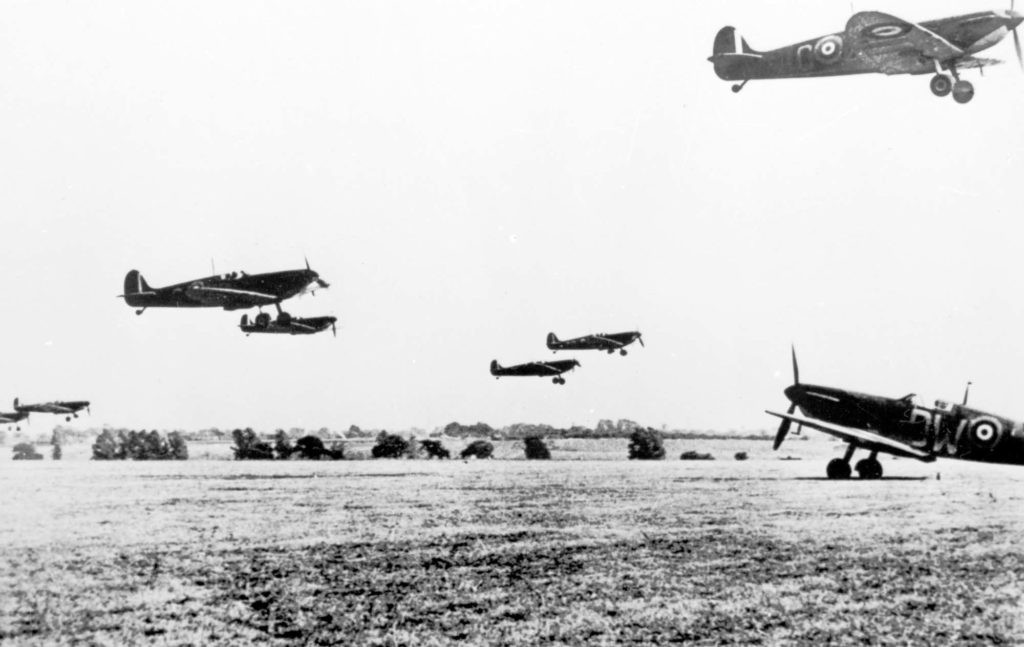
War Machines: Spitfire and Hurricane in the Battle of Britain
by Andrei NedeleaOne of Germany’s essential steps for European domination in World War II was to control the British isles, which it tried to do in the summer of 1940 using air warfare almost exclusively.








However, with the odds against them the Brits managed to repel the German offensive and this is thanks in no small part to two of its newly designed fighters: the Supermarine Spitfire and the Hawker Hurricane. Sure, its well thought out air defense network certainly played a major role, but it’s these two planes that take most of the credit.
Before we proceed to detailing each plane individually, it’s worth pointing out that the German Air Force (the Luftwaffe) was able to deploy more aircraft than the Royal Air Force (the RAF) - the Luftwaffe had 1,029 fighters, 998 bombers, 261 dive-bombers, 151 reconnaissance planes and 80 coastal planes at its disposal.
The RAF wasn’t far behind, though, with around 900 fighters, 560 bombers and 500 coastal planes. But the German planes were in most cases technically superior to their British rivals, which is why the fact the Brits actually pushed back the German onslaught is seen as a bit of a surprise victory.

The star of the show for Britain was the Supermarine Spitfire, a short-range, high-performance single-seater interceptor plane built with experience gathered straight from the world of air racing (which was hugely popular in the 1930s). It was designed to be fast, maneuverable and with a good rate of climb, and it also had plenty of firepower.
Its maiden flight was in March of 1936 and it entered active service in 1938. It was in production until 1948 and remained in service until 1961 (it last served with the Irish Air Corps). More than 20,000 were built at a cost of around £12,600, which today would equate to around £750,000 ($970,000), and over time it evolved into several variants with different wing configurations.
At first, due to a shortage of machine guns, the very first examples had only four wing-mounted, forward-facing machine guns, but this was later upped to eight machine guns. Power for the first series of Spitfires came from the Rolls-Royce Merlin 45, a 27-liter supercharged V12 that made 1,470 horsepower at 2,820 meters (9,250 feet) - this power plant gave the plane a top speed of 595 km/h or 370 mph.

Later Rolls-Royce Griffon-engined Spitfires could nudge 640 km/h (400 mph) and had a much improved climb rate. These more powerful and capable Spitfires entered service in August 1942.
The Hawker Hurricane was the other important single-seater fighter that had a deciding role in the air war over Britain. Its first flight was in November 1935 and it entered service in December 1937. Even though both the Hurricane and the Spitfire had very similar roles, it is widely acknowledged that the two planes complimented each other.
The Spitfire, for instance, was better at going after the fast and agile Messerschmitt fighters, while it was noted that the Hurricane inflicted noticeably more damage on the bombers the Messerschmitts were accompanying (even though it was noted that the Hurricane actually had a slightly tighter turning radius).

Powering the Hurricane Mark I was a 1,030 horsepower Rolls-Royce Merlin, while the Mark II model got a 1,280 horsepower Merlin XX. Top speed for the latter was 548 kph (341 mph), while the former topped out at 511 km/h (317 mph). Rate of climb for the Hurricane was 768 m/min (2,520 ft/min), not quite as good as what the Spitfire could manage - 813 m/min (2,666 ft/min).
But the Hurricane had considerably higher range than the Spitfire, 1,827 km (1,135 miles) versus the Spitfire’s 740 km (460 miles). This meant that, if need be, the Hurricane could pursue attacking planes even back over continental Europe, whereas the Spitfire was far more limited in this respect.
The Hurricane was built from 1937 until 1944 and a total of 14,487 were made. It took part in many military operations in World War II, such as the Battle of France, Operation Dynamo, as well as missions over North Africa and Russia. But its most famous role remains that which it played in the Battle of Britain where it is credited as having shot down more enemy planes than the more famous Spitfire (656 versus 529 enemy aircraft). 🏁